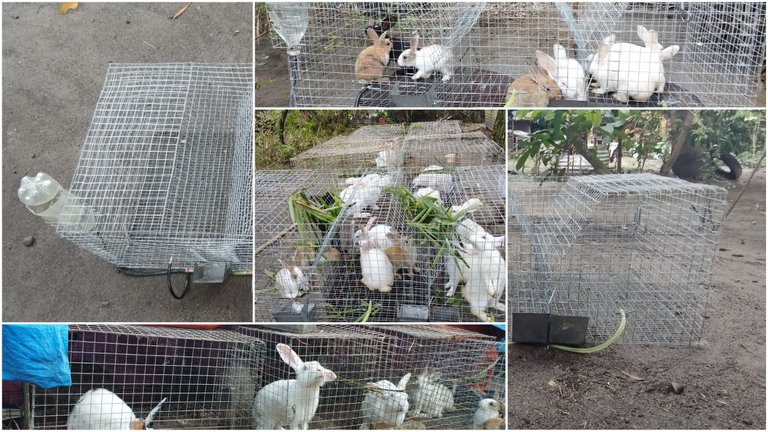
If you're planning to start your own rabbitry in the near future, one of the most important things to consider is the question "When and where will you rehome your rabbits?" As a rabbit keeper, it's important to understand the different concepts and not just rely on information from books we read, but to gain experience and knowledge through personal observation. Just like us, rabbits need a safe and comfortable shelter. In this blog, I will show you the design of my rabbit cages and the concepts behind them.

When discussing animal confinement, considered important is the space requirement of our animal. The size of the animal determines the space it needs. If you have limited space, you can consider keeping small animals like rabbits, guinea pigs,fancy mice as they require small confinement. If you live in an area with ample space, rabbits can be kept in a range-style of rearing, but if space is limited, then single confinement methods are appropriate.
I started my rabbit cage using a DIY bamboo confinement, however I soon encountered problems with it. One of the issues was the leaching of dung and liquid waste, as it was staying in contact with the animals. This was not a good practice for me, so I decided to switch to using wire mesh instead. This has proven to be more effective as the liquid and solid waste directly drops to the ground, thereby reducing the risk of disease and improving infection control methods.
Another factor is the flow of air, which provides the rabbits with a cooler body temperature as it is open to the air, unlike a wooden confinement which has limited circulation of oxygen within the confinement.
Trivia in confining rabbits, they are highly territorial animals, for they are confined to being alone at small rabbit ages. This makes it difficult for them to be social with other rabbits, as testosterone levels increase in males when an alien rabbit enters their territory, which could lead to deadly fights.
As you plan to bring your rabbit into a confinement, you must take your own comfort into consideration as well. Design the rabbit cage in a way that is comfortable for you, for feeding and providing them with water in daily needs. This design should meet the needs of your rabbit.
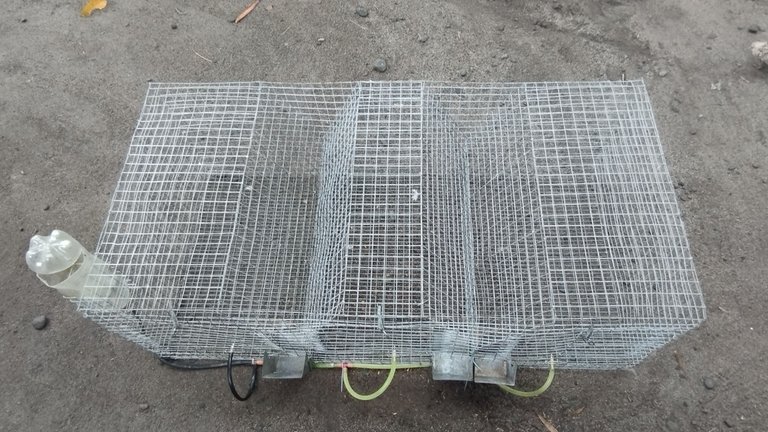
Top is designed to be a space for your hay and grass. One of the problems with conventional types of cages is unhygienic hay when you bring it directly to their space, as they haven't eaten yet. Waste, either solid or liquid, mixes with the hay or grass. Bringing hay to the top gives animals more options to rest and eat when they're hungry while maintaining a clean ground for your animals
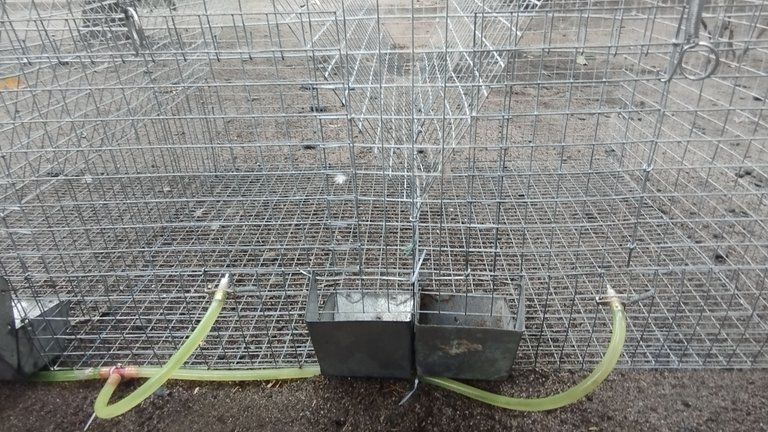
Feeder will save you time. Instead of opening the door of your rabbit's cage to bring in commercial feed, it's much easier to just throw the feed directly into the feeder. This is also best for aggressive rabbits that often bite when being fed, or for sick and infected rabbits to avoid physical contact.
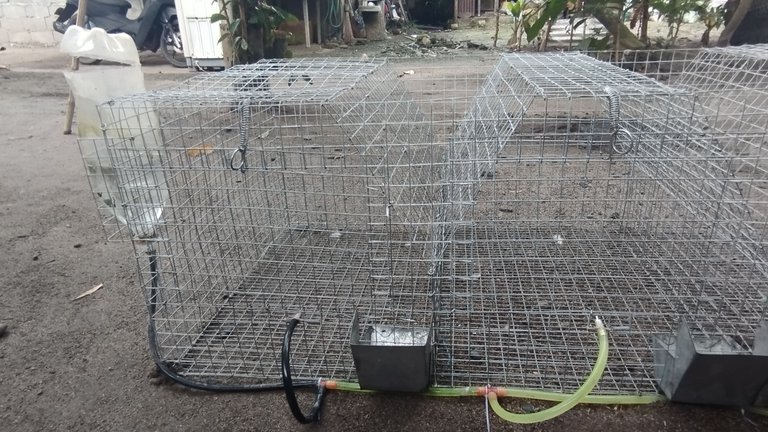
Drinker, originally used in swine piggeries, has been adopted by rabbits, as they easily trained to sip. It saves time and water, and has a controlled water system to avoid contact and prevent waste due to their playful attitudes.
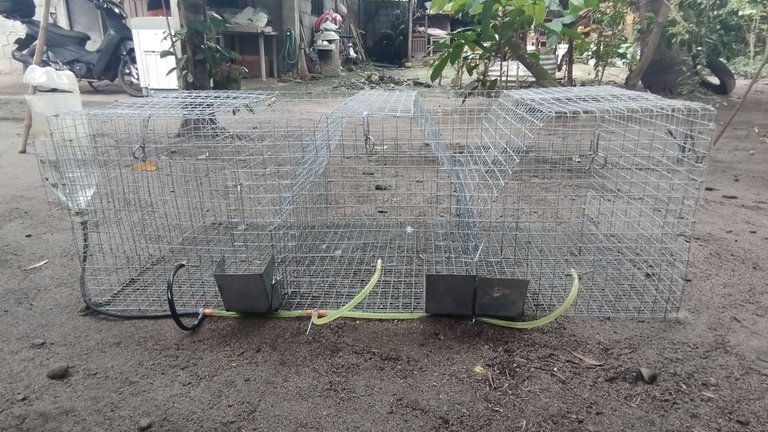
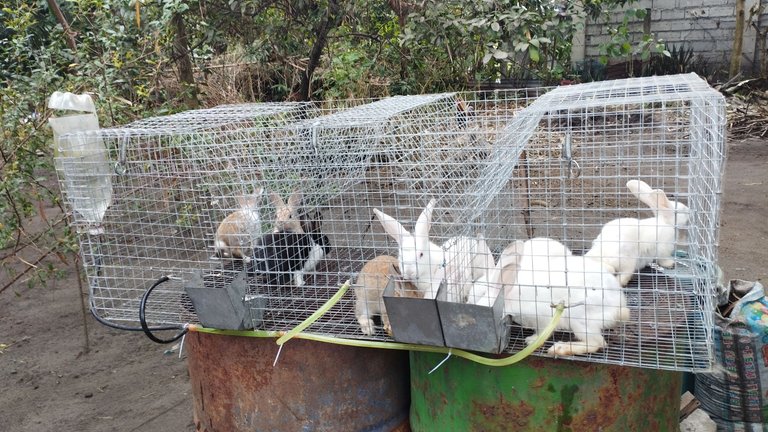
When it come to costing cages with three doors or confinement cost 1500 to 2000 pesos ($30-$40), depending on the quality of materials, including the feeder and water drip system. Two space confinement can cost 1000 pesos ($20). Building your own cage can save you money, with a three confinement cage costing $20 or less, but it can be challenging if you're not experienced with working with wire
Cages are one of the most important investments you should make first before buying your pet animal, ensuring your animals live comfortably, providing them with space to exercise and having fun, and keeping them safe from predators and other dangers away from the presence of predators.
Rabbit keeping is a scientific venture, not just a simple one, and the learning experience gained is the most importance. Now at least you have some basis in starting your own rabbitry and first start with cage. Thank you for reading.
ALL PHOTOS BELONG TO @eunoia101
 | Hi, eunoia101 is a Farmer, Registered Agriculturist, Agronomist, Farm Technician, Mushroom Cultivator, Entrepreneur, and soon Researcher. Suppose your problems or queries are in any of the fields, don't feel hesitant to comment. We will try to resolve that. Upvote and reblog are highly appreciated. |
|---|
